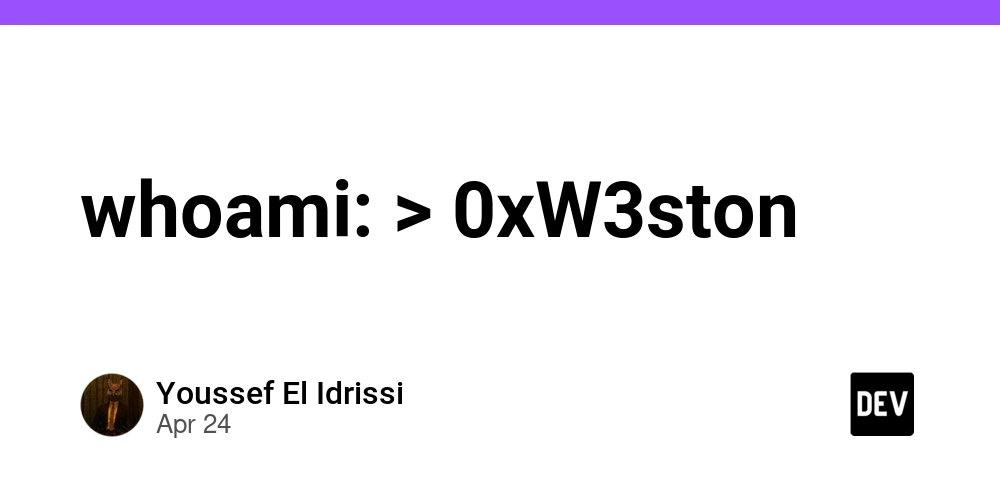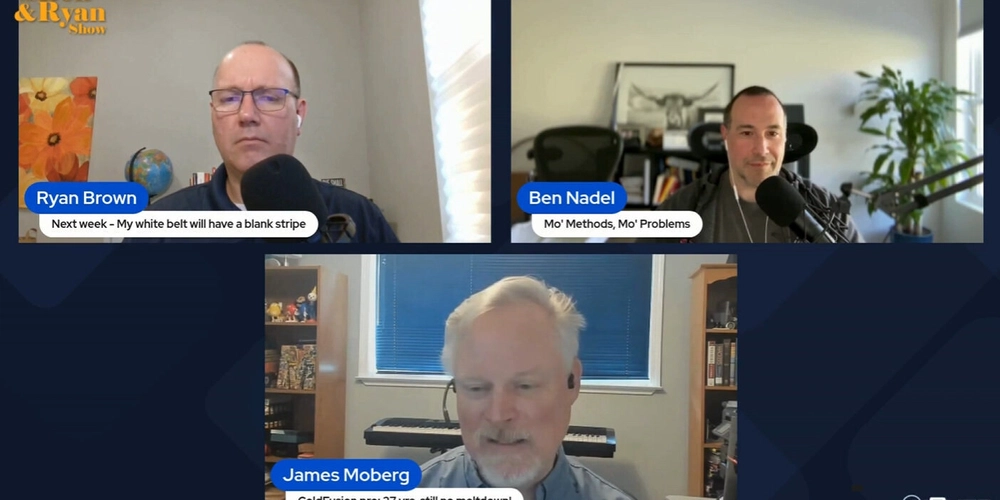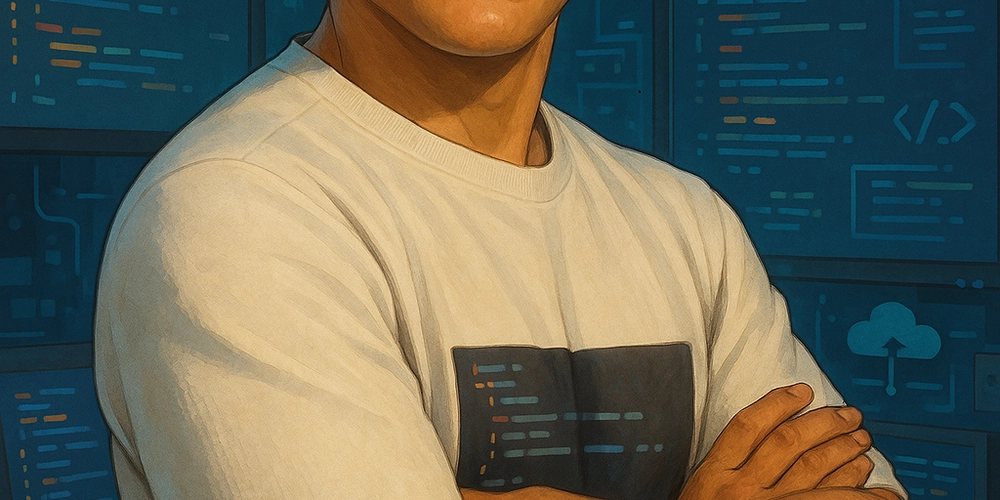
SolidJS: From Side Project to Revolutionizing Web Development in 7 Years
Seven years ago, SolidJS emerged not from a grand vision, but from a developer's itch to challenge the status quo of reactivity. Today, it stands as a testament to the power of innovation, influencing the very core of modern web frameworks. This is the story of SolidJS.
From Curiosity to Code: The Genesis of SolidJS
Driven by discussions surrounding fine-grained reactivity, the creator of SolidJS embarked on a journey to find improvements. This wasn't just about armchair theorizing; it was about proving a point through code.
- Open Source Roots: SolidJS was not the first open-source project.
- Problem Solving: React's approach sparked a quest for more efficient solutions.
- A Summer Project: Experimentation during off-hours led to the birth of a reactive library.
SolidJS's Rise: Overcoming Challenges and Skepticism
In its early days, SolidJS faced skepticism and challenges. Benchmarks, API refinement, and the pursuit of optimal performance were key milestones. The initial release was even flagged for "cheating" in benchmarks, pushing the team to find generic solutions to resolve all problems.
- Early skepticism: The project was met with disbelief.
- Benchmarking: Early performance was inconsistent, requiring refinement.
- Hooks Inspiration: React's composable primitives validated SolidJS's direction.
The Secret Sauce: Fine-Grained Reactivity and its Impact
SolidJS's core innovation lies in its fine-grained reactivity model. Unlike Virtual DOM (VDOM) approaches, SolidJS directly updates the DOM, leading to impressive performance gains.
- VDOM Alternative: SolidJS offers a contrasting and efficient approach to rendering.
- Performance: SolidJS consistently outperforms other frameworks in benchmarks.
- Composable Primitives: Inspired by React Hooks, SolidJS embraces composable primitives for building UIs.
Spreading the Word: Marketing Innovation in a Saturated Market
Breaking through the noise in the JavaScript framework ecosystem was a challenge. The creator of SolidJS lacked marketing expertise, so education and open development became key strategies.
- Building in Public: Transparency and knowledge-sharing helped build trust.
- Facing Friction: Early attempts to engage with other framework authors were met with resistance.
- The Power of Education Sharing articles and insights gradually shifted perceptions.
Signals Everywhere: SolidJS's Influence on Modern Frameworks
The impact of SolidJS extends far beyond its own user base. Its approach to reactivity has influenced several prominent frameworks, signaling a paradigm shift in web development.
- Angular: Conversations with the Angular team led to the adoption of signals.
- Qwik: SolidJS's approach was instrumental in achieving resumability in Qwik.
- Vue and Svelte: Both have adopted fine-grained reactivity, drawing inspiration from SolidJS.
Beyond Performance: Unlocking New Possibilities with SolidJS
While performance was the initial motivator, SolidJS's true potential lies in unlocking new capabilities in web development.
- Unique Capabilities: Focus on features that are hard to achieve with other approaches.
- Community Growth: With more developers embracing SolidJS, there's potential for even more innovation.
- Investing in the Future: Supporting the creators of technology is key for the industry.
SolidJS: What's Next for Fine-Grained Reactivity in Web Development?
The journey of SolidJS proves that challenging assumptions and exploring new approaches can lead to significant advancements. As other frameworks continue to evolve, SolidJS remains at the forefront, pushing the boundaries of web development and paving the way for a more efficient and innovative future.























